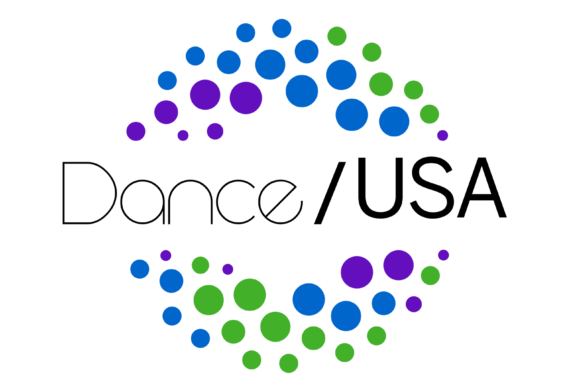Being a Mentor: Expanding the Reach of the Art Form
Finally, I wish someone had explained to me that it is always, especially initially, more difficult for artists to stay true to their individual creative visions than to adopt a herd mentality and be a member of an artistic clique.
Reconsidering the Artistic Director Model: Dance Company Looks to Past To Get to Future
Rather than employing a new, permanent artistic director to shape the company’s artistic footprint in the dance world, Morphoses is planning to reemerge this fall without a permanent artistic director.
Gaining Traction (or the Slip ‘n Slide), Part 2
While many communities offer anchor festivals, residencies, and commissioning programs to which choreographers may apply, among other ongoing opportunities, dance makers across the country indicate that self-producing can be beneficial for gaining traction at any time in one’s career. But, many warned, it must be well examined and timed. It is a misperception that self-producing occurs only early in a choreographic career as a step to being fully presented. In the present climate, a lot of DIY energy is circulating, particularly due to the stifled economy. This results in alternative venues and channels from which to launch new works.
Gaining Traction (or the Slip ‘n Slide) – Part 1
Warning to choreographers: hard work ahead. Yet, those who sign up to make dances are usually aware of the ongoing rigor involved on this path. For some artists, the mere question of how to gain traction draws silence, sighs, and even laughs, reflecting the challenging and individualized trajectory of choreographers. Illuminating current possibilities, a handful of voices from across the country share what has proved relevant to making progress and gaining momentum for creating new works in today’s challenging dance climate. Drawing from experiences of dance professionals and artists operating in solo, project-based, and company structures, Part 1 mines the personal qualities, practices, and DIY ethos of choreographers, and Part 2 (coming Thursday) addresses the role of artistic self production in the mix of platforms for delivering dance.
Prepare for Arts Advocacy Day 2011
On April 4 and 5, 2011, approximately 450 artists, arts administrators, philanthropists, and corporations will descend on Washington, D.C., for the 24th Arts Advocacy Day (AAD). Coordinated by Americans for the Arts, this year’s AAD occurs during intense budget debates, as legislators are making crucial spending decisions in an effort to reduce the national debt. This year, several key issues are at stake, including funding for the National Endowment of the Arts and Arts in Education programs.
Social Media and the Arts: The Unbearable Nuance of 140 Characters
This week the social media world burst into a flurry of conversations thanks to a Wall Street Journal article that revealed the New York City Ballet was working on a social media policy for its employees and artists, and that this policy may have been driven by the Twitter behavior of a single dancer.
Cross-Training Across Generations: Current Challenges in Arts Administration
Most organizations currently support a traditional model for upward movement, from entry-level, to mid-level, to management, to executive. But are these structures best for the field as we consider this fundamental shift in leadership?



Shifting Landscapes: 3 Impact Points of Technology on the Future of Dance
Audience expectations have changed. People are no longer as receptive to being talked at. Audiences want to have conversations. They expect a certain level of interaction and two-way communication.